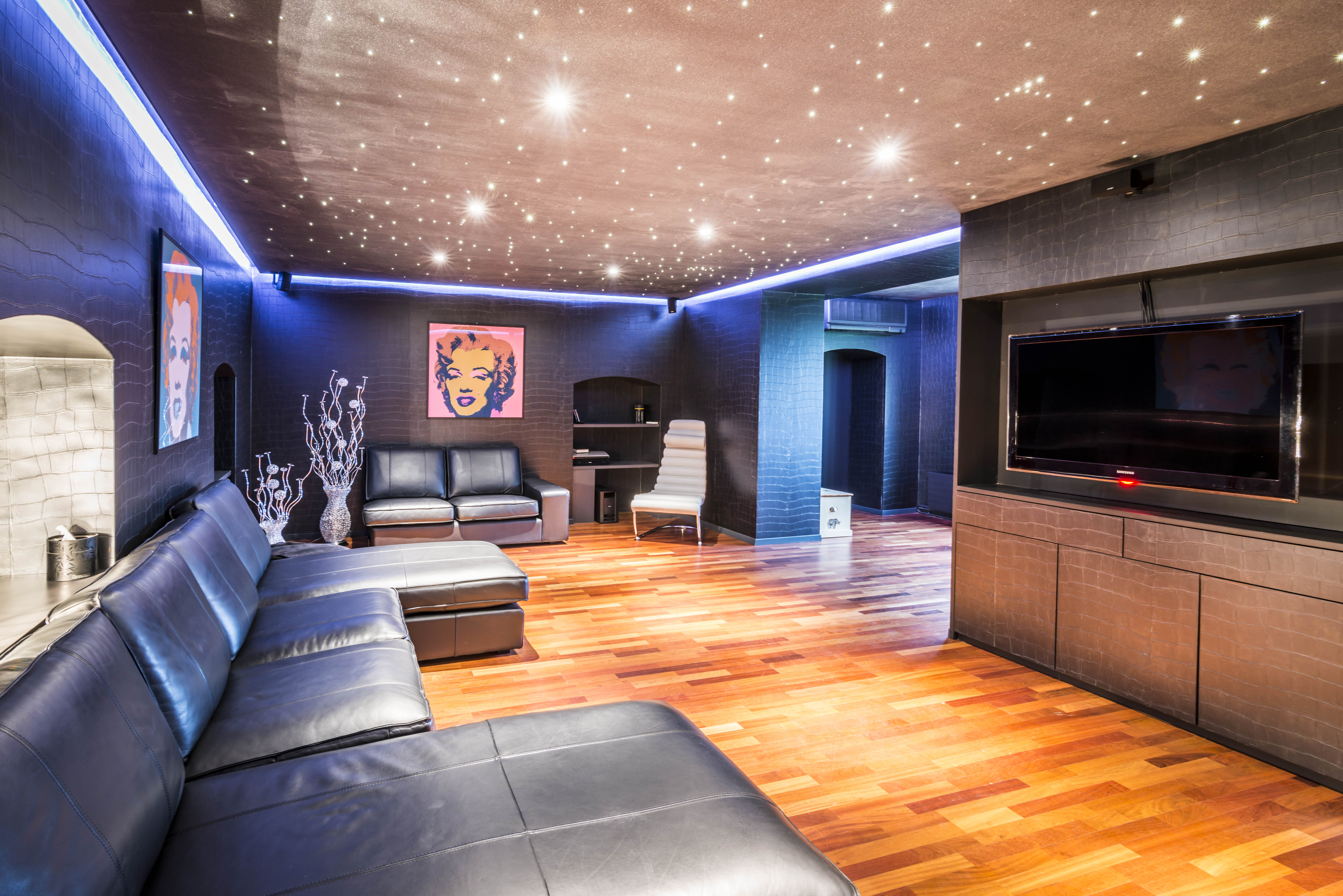

They are provided only for the purpose of comparison between the various vehicle types. If NEDC values are indicated as a range, they do not refer to one, specific vehicle and are not an integral element of the offer. WLTP values can be provided voluntarily until their use becomes mandatory. In the case of new vehicles for which type approval was performed using WLTP, the NEDC values are derived from the WLTP values. Additional information about the differences between WLTP and NEDC is available at At the moment, it is still mandatory to communicate the NEDC values. Due to the more realistic test conditions, the consumption and CO 2 emission values measured are in many cases higher than the values measured according to the NEDC. Since September 1, 2018, the WLTP has gradually replaced the New European Driving Cycle (NEDC). Since September 1, 2017, type approval for certain new vehicles has been performed in accordance with the Worldwide Harmonized Light Vehicles Test Procedure (WLTP), a more realistic test procedure for measuring fuel consumption and CO 2 emissions. The indicated consumption and emissions values were determined according to the legally specified measuring methods. Going forward, lighting technologies will make driving even safer, the individuality of each model even more visible, and external communication even more effective.įurther information can be found in the press kit. The dynamic turn signal or the impressive scenarios of the leaving and coming home functions cause the light to strike an emotional chord. Even at this juncture, customers are offered various model-dependent lighting signature options, to be followed by further differentiations. The digital OLED rear lamps in the new Q5 have been opening the door to car-to-x communication since this year and, for the first time, make choices of new taillight designs possible at the time of configuring the vehicle.Īs well as intelligently illuminating the road, Audi provides its models with an unmistakable personality using distinctive signatures and dynamic lighting scenarios. Now, the premium manufacturer is digitizing the Matrix LED headlight while adding even greater variety. In 2017, following their debut in the R8 LMX, Audi presented LED headlights featuring HD Matrix technology with the laser as an additional high-beam light in the A8 luxury sedan – a world innovation in large-scale production. Two years later, the brand underpinned its innovative prowess and pioneering role in the R8: The introduction of the dynamic turn signal that allows indicated directional changes to be perceived out of the corner of one’s eye marked a significant gain in safety – and still does. As far back as in 2003, the then A8 offered adaptive light with automatic-dynamic headlight range control before a camera on the windshield began detecting other road users in 2010. By means of light signals, the car interacts with its surroundings. Now, digitization provides another innovation boost with all-new design potential: Light is becoming smart. In the wake of the transformation of lamps, both illumination and energy efficiency improved.

As well as continually enhancing visibility, Audi lighting has been defining the face of the brand’s models in every era while extending everyday usability by an equally communicative and aesthetic dimension. These milestones of new technologies provided customers with noticeably added value. Lighting has made a veritable technology leap: The evolution from halogen light to xenon headlights to LED technology in automobiles took less than two decades.


 0 kommentar(er)
0 kommentar(er)
